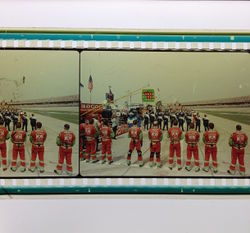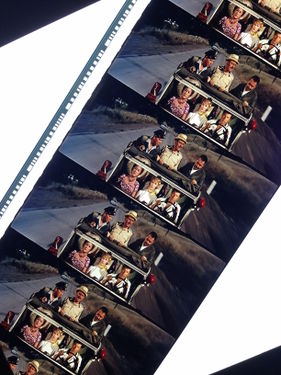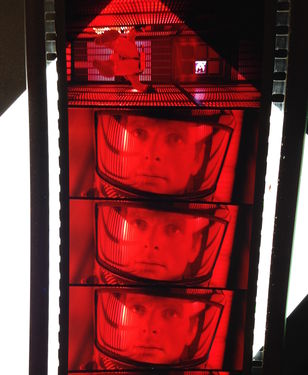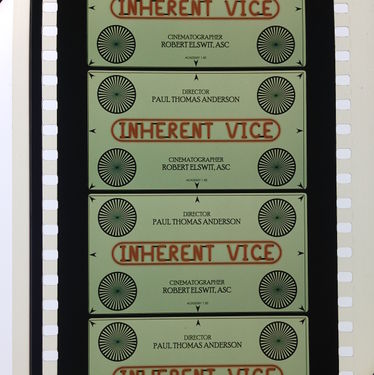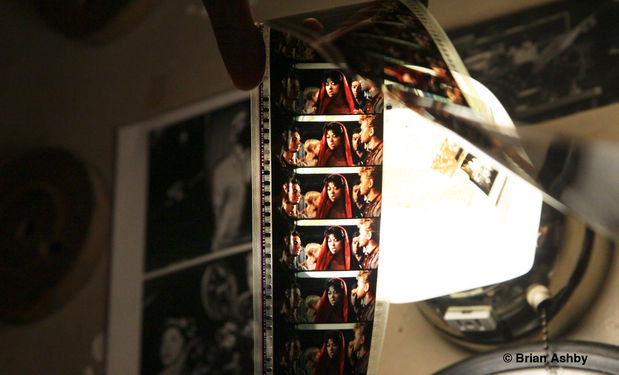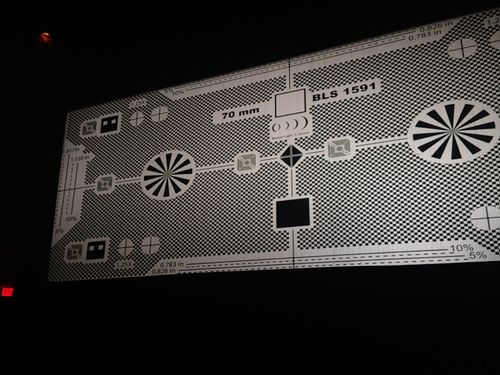| Welcome to Sprocket School! This project is maintained by volunteer editors. Learn more about how this works. |
70mm: Difference between revisions
No edit summary |
|||
| Line 30: | Line 30: | ||
*[https://en.wikipedia.org/wiki/IMAX Imax Wikipedia entry] | *[https://en.wikipedia.org/wiki/IMAX Imax Wikipedia entry] | ||
==Images of Various Aspect Ratios and Sound Formats, 70mm== | ==Images of Various Aspect Ratios and Sound Formats, 5/70mm== | ||
<gallery widths=250px heights=250px mode=packed> | <gallery widths=250px heights=250px mode=packed> | ||
File:Aliens_70mm.JPG| Frames from a 70mm print of ''Aliens''. Blow-up from 35mm, aspect ratio 1.85, magnetic audio track. | File:Aliens_70mm.JPG| Frames from a 70mm print of ''Aliens''. Blow-up from 35mm, aspect ratio 1.85, magnetic audio track. | ||
Revision as of 12:22, 4 April 2017

70mm is the largest standard exhibition film gauge.
- aspect ratios
- sound formats
- dts discs

- handling of mag prints/degaussing
IMAX
IMAX is a 70mm film format on which the image is printed horizontally, resulting in a much larger filmed image than conventional 70mm. It's often referred to as 15/70, 15 being the number of perforations in a single frame.
-
A frame of IMAX film.
-
5 perf 70mm
Related Articles
Resources
Images of Various Aspect Ratios and Sound Formats, 5/70mm
-
Frames from a 70mm print of Aliens. Blow-up from 35mm, aspect ratio 1.85, magnetic audio track.
-
Frames from a 70mm print of It's a Mad, Mad, Mad, Mad World. Aspect ratio is 2.76:1 (Ultra Panavision) with a DTS audio track.
-
Frames from a 70mm print of 2001:A Space Odyssey. Aspect ratio 2.2:1 with magnetic audio track
-
Alignment chart from a 70mm print of Inherent Vice. Blow-up from 35mm, aspect ratio 1.85
-
Inspecting a 70mm print of West Side Story. Aspect ratio 2.2:1, DTS audio track
-
Boston Light and Sound 5/70 test film on screen
